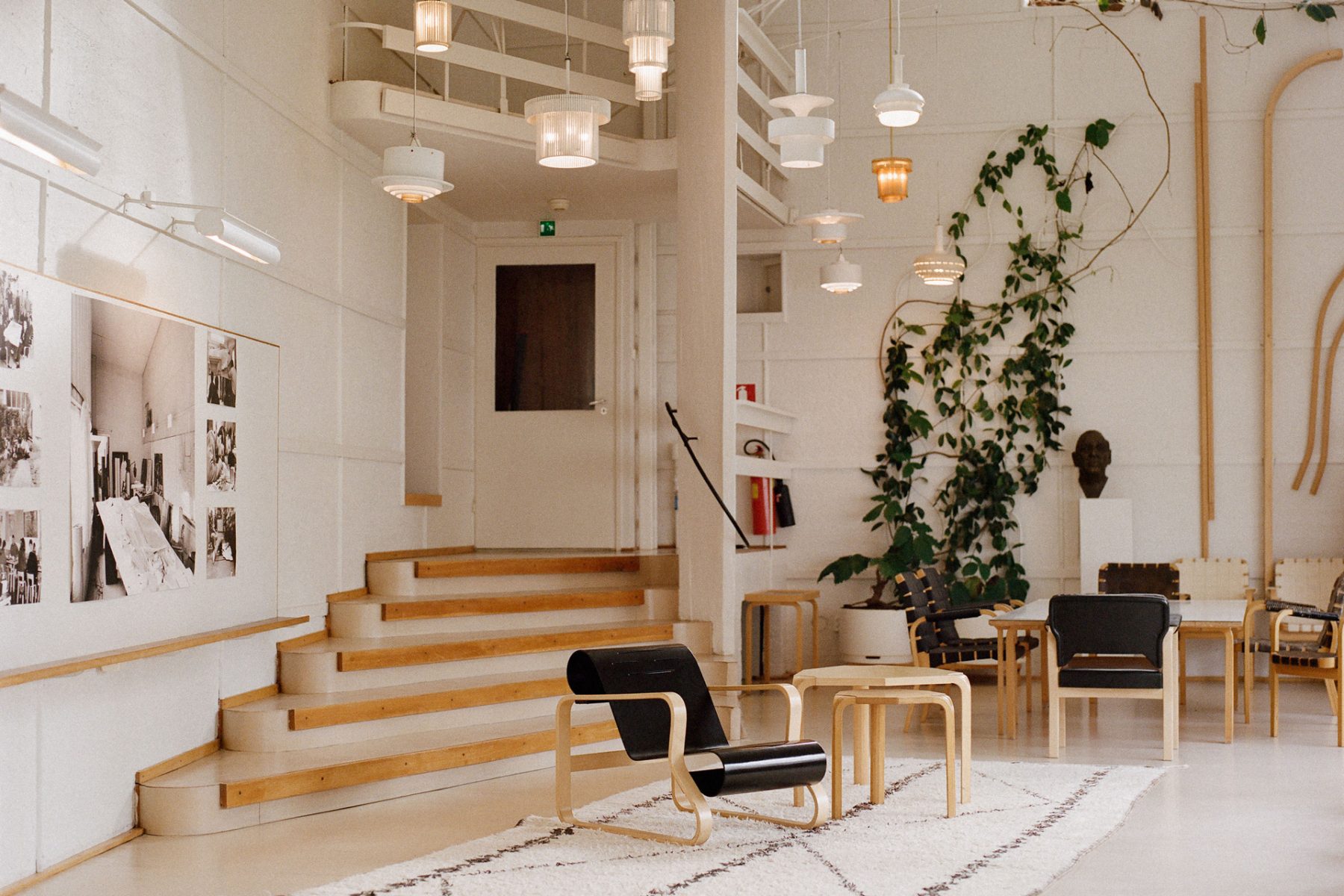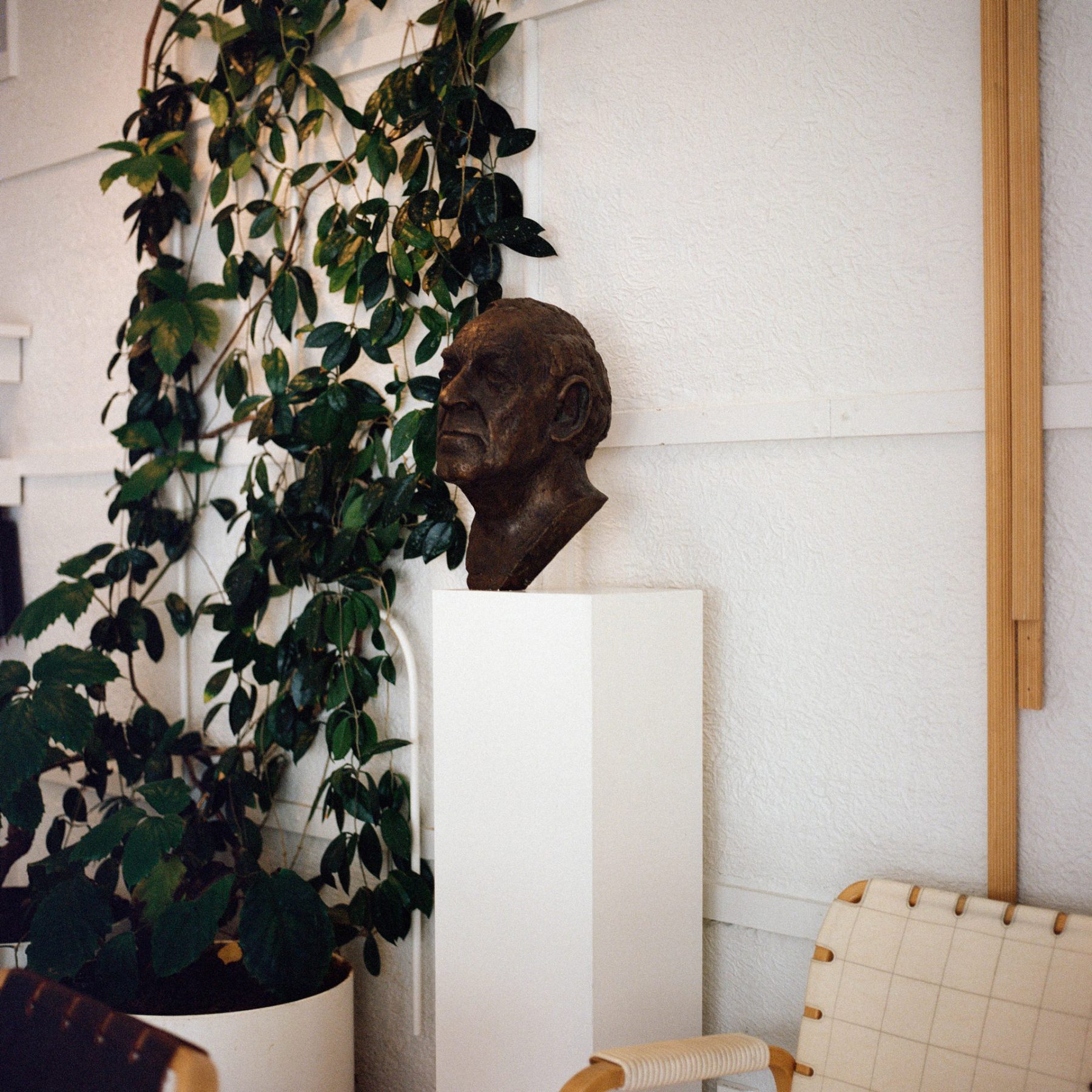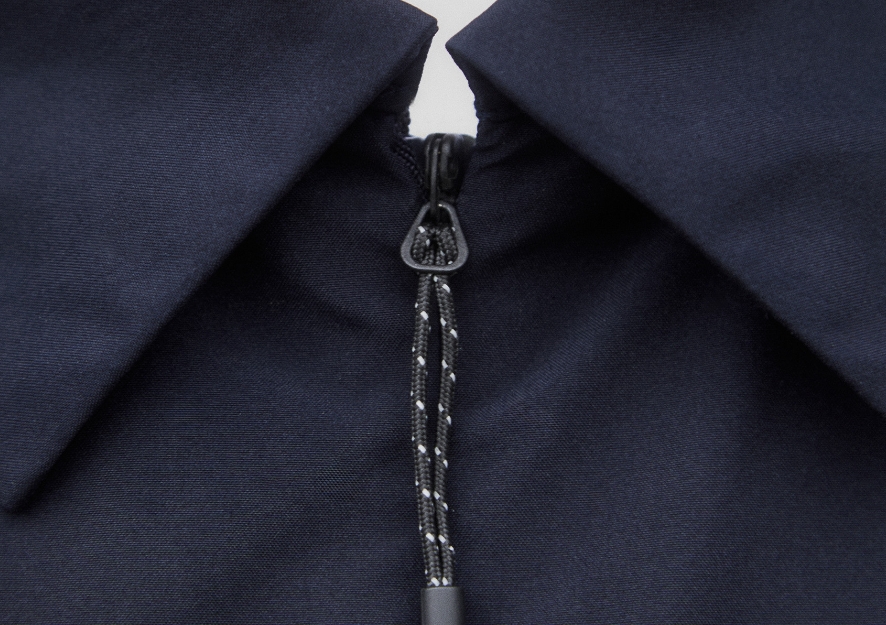SELECT S/S 20 — ALVAR AALTO10.04.2020
The Select S/S 20 editorial was photographed on location at Studio Aalto in Helsinki, Finland. Architect and designer Alvar Aalto designed the building in 1955 to be used as an architect’s office. In 1984, the building came under the custodianship of the Alvar Aalto Foundation and now acts as a preservation site of Aalto’s precious career and legacy.

Alvar Aalto was born in Kuortane, Finland in 1898. The designer, town planner and architect is recognized as one of the greatest masters of modern architecture and design, both at home and abroad. He took up his craft in 1916 studying architecture at the Helsinki University of Technology, only to be interrupted by the Finnish Civil War in 1918 in which he served and fought on the side of the White Army. His professional career in architecture began in 1923 where he established his own architect’s office in Jyväskylä.


Early architectural works of Aalto followed the style of Nordic Classicism, in which he designed several single-family homes. It was in this period that he completed his very first public buildings; spurring commissions for three critical projects that would bring him worldwide recognition and establish Aalto as the most progressive architect in Finland. These buildings were the Turun Sanomat Building in Turku (1929-30), Paimio Sanatorium (1929-32) and the Viipuri Library in Vyborg (1927-55).

As his style developed over the years, Aalto’s work adhered to the concept of Gesamtkunstwerk: a total work of art in which everything from surfaces, materials, furniture and art are united to create a unified space. To facilitate this approach, he founded Artek in 1935 with fellow idealists Nils-Gustav Hahl, Maire Gullichsen and Aino Aalto, his wife and partner, to design light fittings and furniture. Perhaps the most iconic pieces manufactured by the company are the Paimo Chair and signature stackable Model 60 stool.
The work coming out of Artek combined functional design and natural materials such as plywood with the humanist expression seen in Aalto’s buildings — always experimenting at the intersection of design, architecture and art. When combined with the structures that housed them, these objects realised a holistic approach to design that was for the people and speaks to the degree to which Aalto considered the basic human experience in relation to his work.


Aalto said that “human life is a combination of tragedy and comedy. The shapes and designs that surround us are the music accompanying this tragedy and this comedy.” These words resonate now perhaps more than ever and speak to Aalto’s acuteness for humanity by creating objects, buildings and spaces that rest on a synthesis of pragmatic design and idealistic ideas; making Alvar Aalto one of the most important figures in Scandinavian design history.

